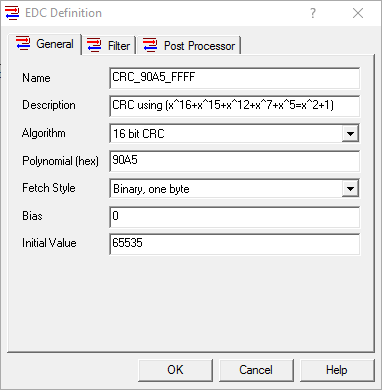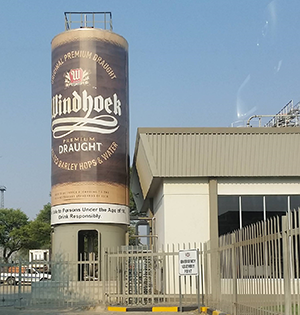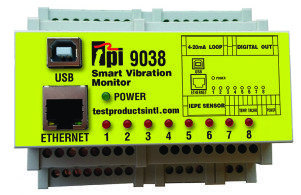OmniServer's core connectivity and data parsing abilities are only part of the equation when integrating non-standard devices with Wonderware. How does that device data then make it up into Wonderware?
In this video blog, part of a series on connecting Wonderware to OmniServer, I'll show you how to make a basic OPC DA connection from Wonderware System Platform to OmniServer for integrating process data from all of your "other" devices that don't have a standard, off-the-shelf driver - all without having to write custom code.











